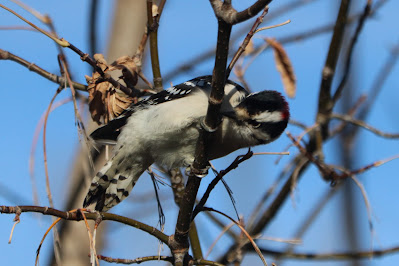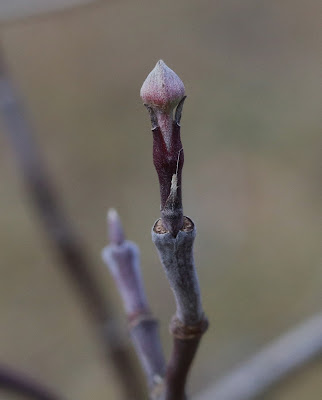Things with wings have been difficult to photograph lately, so here are a few "wingless things" that caught my eye.
The Baie Comeau is a self-discharging bulk carrier built in 2012/2013. The photo was taken just as it was about to leave Lake Huron and enter the St. Clair River. A self-unloader is a vessel with a bulk material handling system onboard, which allows unloading at any terminal with a minimum of receiving facilities.
https://www.lionbulkhandling.com/self-discharging-ships/
Bright sunshine highlighted the trees in Canatara Park with dark clouds approaching from Michigan in the background.
Plants such as Common Viper's-Bugloss were continuing to bloom mid-November when growing in sheltered areas.
As winter draws nearer, everyone is getting ready for the cold months, including Pearl the Squirrel!
There was a traffic jam at the back door! All 4 squirrels eventually entered the tree hole. Squirrels prefer to nest in trees about 20 feet up and either build a nest between two branches or find a hollowed area such as in the above photo. They tend to have multiple nests for hiding from predators and storing their nuts.


















































